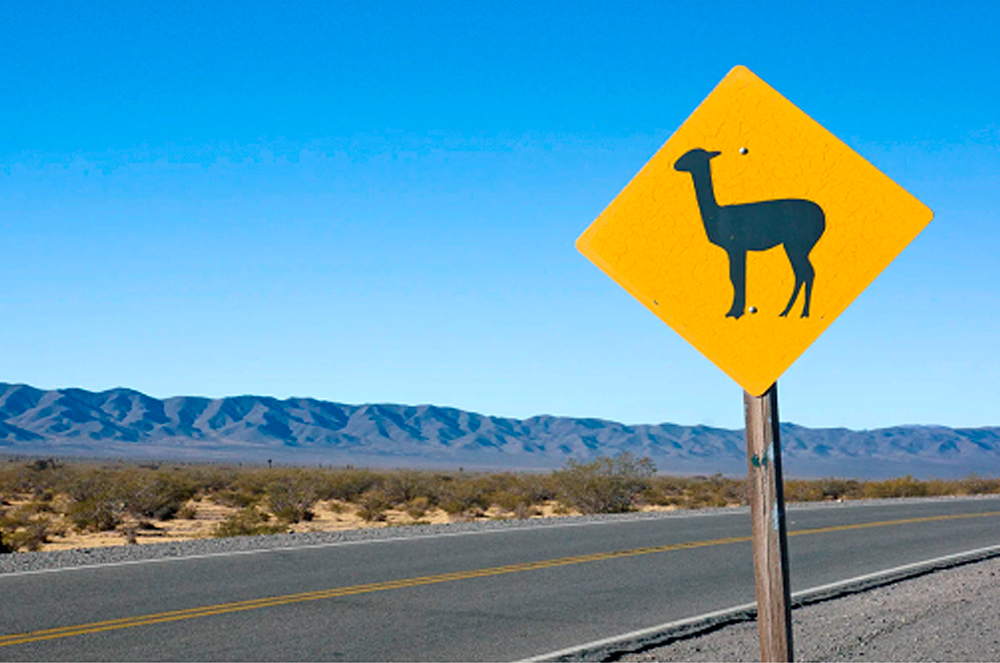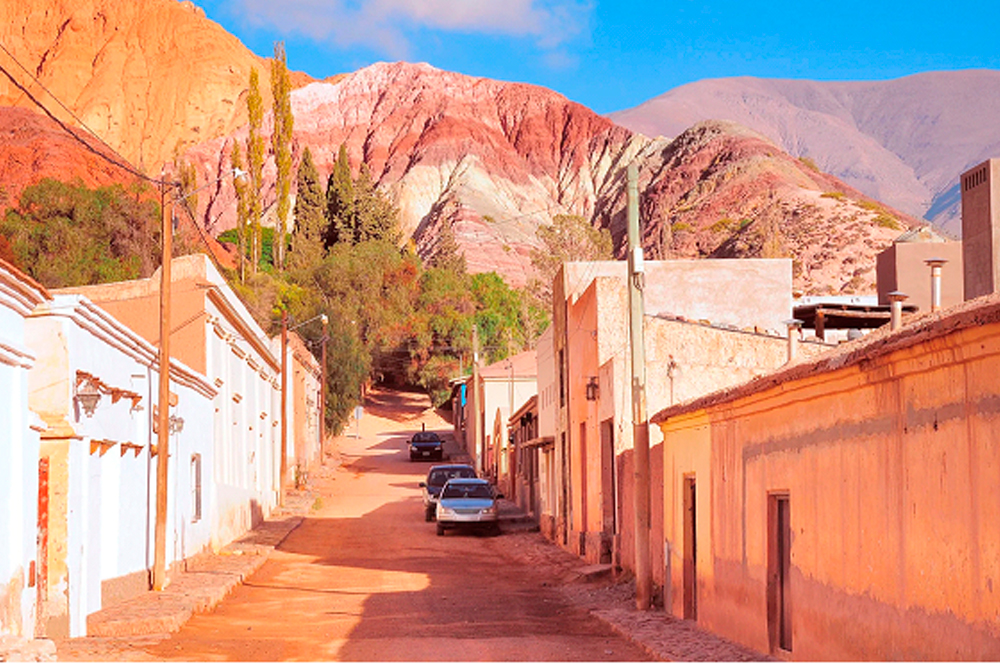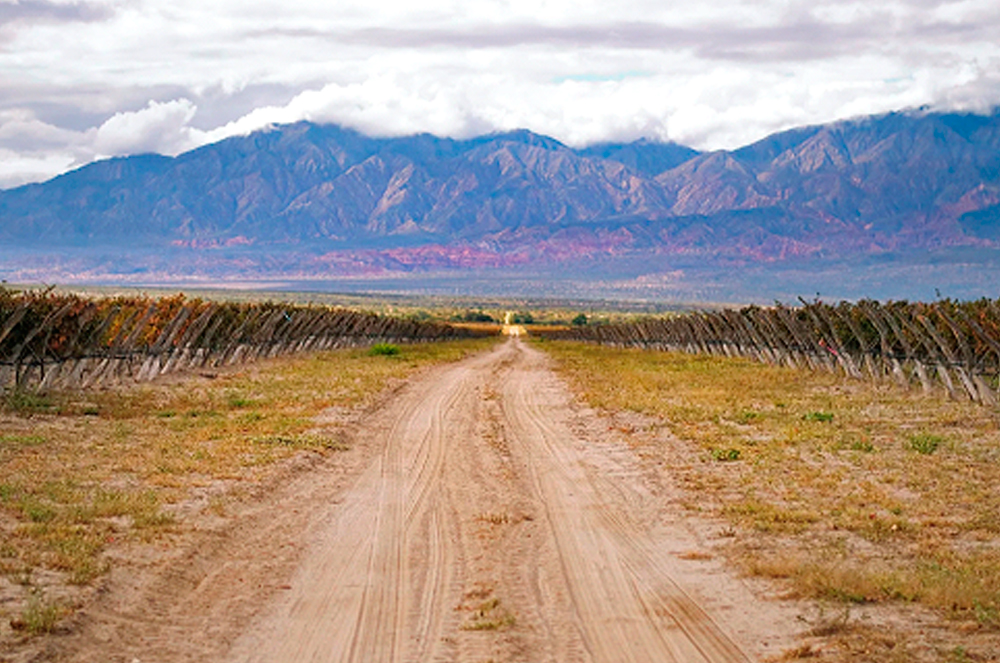Road Trips: Northwest Argentina
How to organize an unforgettable trip through the arid beauty of northwestern Argentina

It is one of the most visited destinations by Argentines and foreigners both in summer and winter. The region’s incredible landscapes and the charm of its native traditions and customs make this territory a unique place to visit.
The Argentine Northwest (NOA) is one of the indigenous regions of the country made up of the provinces of Jujuy, Salta, Tucumán, Catamarca, La Rioja and Santiago del Estero. There, just by looking at the horizon and appreciating its varied colors, the traveler is already invited to immerse himself in its customs and traditions; that invites you to enjoy the tranquility and also challenge the traveler to adventure. It has about 300,000 square kilometers with abrupt climatic and landscape transitions: the Puna (Jujuy) descends from its 4000 meters ( 13,000 feet) to the Chaco plains of Salta.
Its peaks over 6,000 meters high (20,000 feet), the remains of ancient civilizations, adobe villages, Jesuit chapels, rivers, streams, wineries, crafts, everything is part of an arid landscape, warm and mysterious at the same time.
Visiting several destinations of interest in a single trip is often a tempting idea when planning vacations. The reasons usually range from saving money to the comfort of going through different places in a one complete trip.
A duration of between 10 and 15 days to tour the NOA is a good option, it all depends on the land sections and the way in which the destinations are combined.

The Argentine North can be considered as a block in terms of geographical and cultural characteristics. With a flight to one of the capitals, plus the rental of a car or some excursions you can explore it in depth. It is a good option to think of a trip of several days - from 10 to 15 is the ideal - and to explore more than one province.
If you decide to travel to this region, the best way to do it is to fly to Salta and from there you can add provinces and cities to visit. It is the best option since there are more frequent flights with some airlines to that province. It is also recommended to hire a local tour company or guide if you don't know the area very well. The routes usually have narrow sections where it is very important to pay attention to the state of the roads and have the right vehicle according to the challenge of the area.
In Salta and Jujuy you can find the main car rental companies. It is important to travel the region in a resistant vehicle and take spare tires just in case.
The routes on the way to Cafayate within the Calchaquí Valleys are in good conditions and can be traveled just the same, even if you do not have a 4×4 vehicle.

Some of the sections that we really love include Cafayate, Amaicha del Valle and the Quilmes Ruins in Tucumán. From Cafayate or Quilmes Ruins you can continue to the Tafí del Valle area by car until you arrive at the capital city of Tucuman.
It is also very interesting to visit the Museum of Archeology and High Mountain museum (MAAM) where the mummies of the three frozen children found at the summit of the Llullaillaco Volcano in 1999 are located. A great local legend to know and admire that the MAAM put it very well in value and historical context.
There are many boutique hotels in Cafayate and exquisite tours inside the various vineyards are also organized. The visit is usually completed with a delicious lunch or a specialized wine tasting.
The town of Cafayate in Salta is known worldwide for its wineries. The vast majority of them specialize in the cultivation and large-scale production of Torrontés, one of the grapes belonging to the most emblematic white variety of Argentina, which is produced only in this country.
Some of the most beautiful wineries to visit are: Nanni, Etchart, El porvenir, Domingo Hermanos and Lavaque, among others. Torrontés belongs to the group of "criollo" varieties whose main characteristic is the mixture of flavors, among which are: chamomile, fruit salad, peaches, honey, orange peel, muscatel grape and oregano.


